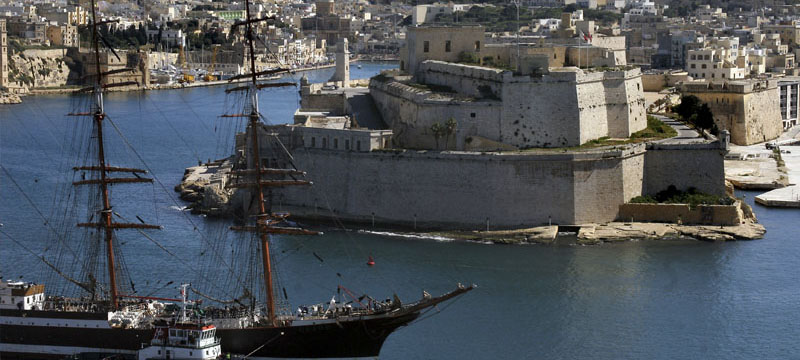The Maltese Islands - An Overview

Malta lies at the heart of the Mediterranean, a few hours' flight from most European cities and from North Africa. The advantage of living in Malta is that you can work and enjoy life to the full at the same time.
Malta has been a member of the European Union since May 2004, is politically stable and is strongly oriented towards the outside world. Malta is a signatory to many important international agreements, mainly in the economic and financial domains, but also with regard to maritime, transport and cultural matters.
Capital City: Valletta
Population: 421,364 (January 2013)
Official Languages: Maltese and English
Currency: Euro
Religion: Predominantly Catholic
Location: South of Sicily (Italy) and East of Tunisia (North Africa)
International Dialling Tone: +356
Geographical Area: Malta (246 sq km) – Gozo (67 sq km) – Comino (3 sq km) – Some uninhabited islands
Climate: Mediterranean with hot dry summers and mild winters
Registered unemployed (as at December 2013): 7,401 persons
Full-time gainfully occupied persons (as at December 2013): 157,663
Part-time gainfully occupied persons with full time jobs (as at December 2013): 24,156
Part-time gainfully occupied persons with no full time jobs (as at December 2013): 33,231
Labour supply (as at 2nd quarter 2011): 165,064
GDP at current prices (annual 2013) (€ m): 7,186.4
GDP at constant prices (annual 2013) (€ m): 5,156.1
GDP growth rate at constant prices Annual 2013: 2.4%
GDP growth rate at constant prices quarter 4 of 2013: 2.2%
Inflation rate March 2014 (12-month moving average): 0.8%
FDI in Malta (as at end December 2012) (€ m): -27.0
Merchandise exports (annual 2013) (€ m): 3,844.8
Goods and Services exports (as at December 2012) (€ m): 7,107.3
Merchandise imports (annual 2013) (€ m): 5,601.0
Goods and Services imports (as at December 2012 (€ m): 6,618.8
Internet users (2010) - persons aged between 16-74: 262,404
